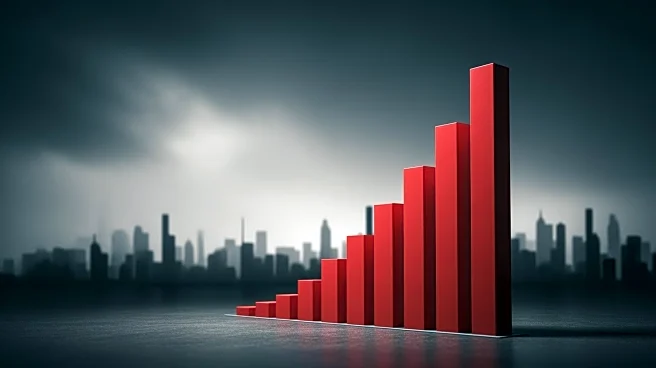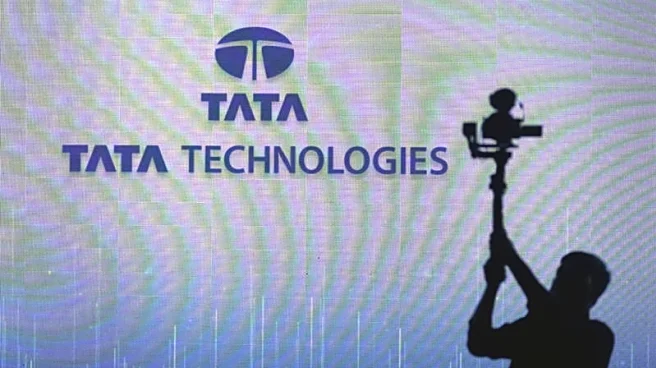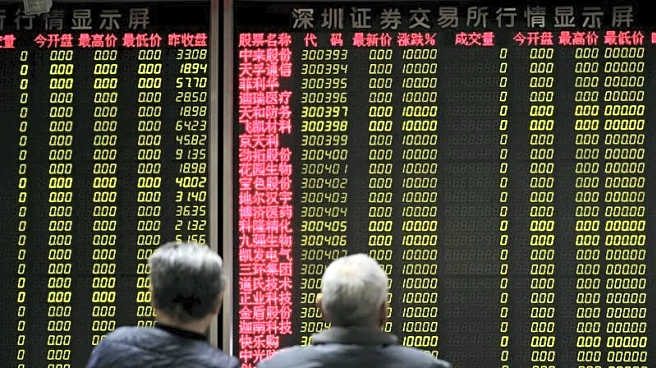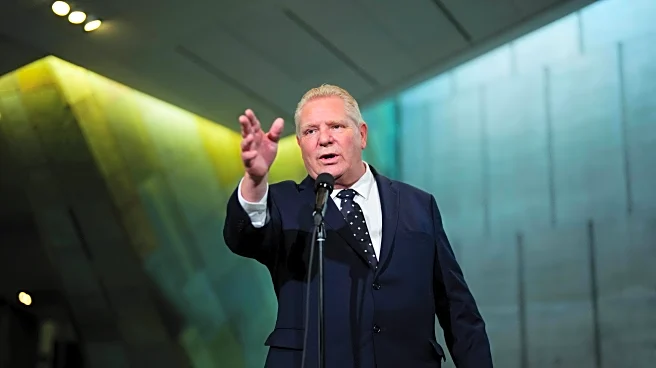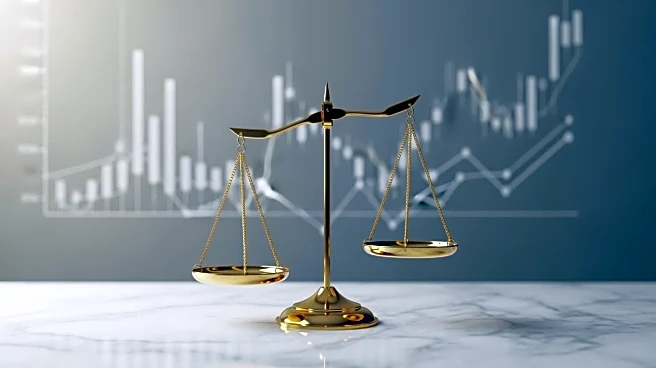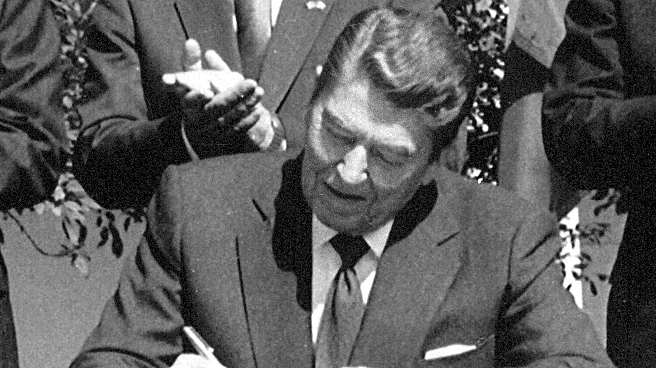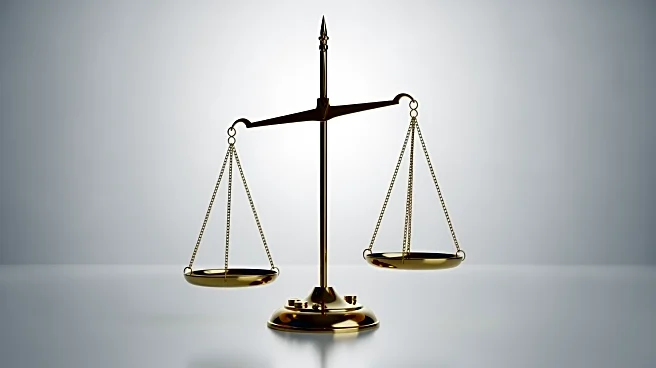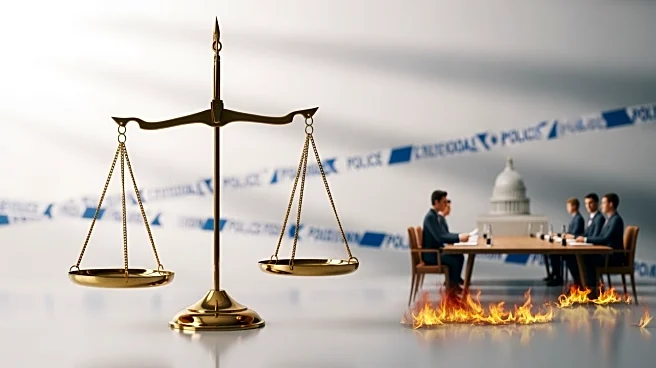What's Happening?
The U.S. inflation rate has hit 3% for the first time since January, driven by rising prices in various sectors, including groceries and fuel. The Labor Department's report shows that while inflation is slightly below analysts' expectations, it remains
a concern for the Federal Reserve. The increase is partly attributed to tariffs and other economic policies under President Trump's administration. Despite the rise, some sectors like housing are seeing easing costs.
Why It's Important?
The current inflation rate poses challenges for the U.S. economy, as it affects consumer purchasing power and economic stability. The Federal Reserve faces a dilemma in balancing interest rate adjustments to manage inflation without stifling economic growth. The situation highlights the impact of trade policies and global economic conditions on domestic inflation, influencing decisions by businesses and policymakers.
What's Next?
The Federal Reserve is expected to consider an interest rate cut in response to the inflation data. This decision will be closely watched by economic stakeholders, as it could influence market dynamics and consumer confidence. Additionally, ongoing discussions about trade policies and their impact on inflation will likely continue, with potential adjustments to address economic pressures.
